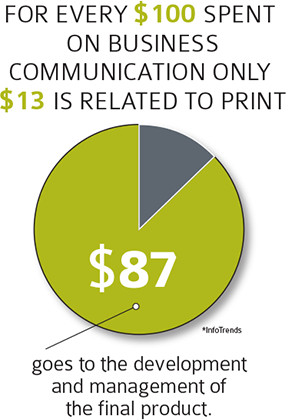Succeeding in Business-to-Business (B2B) sales requires a nuanced understanding of the complex decision-making processes within organizations. Unlike B2C transactions, B2B sales often involve multiple decision-makers with unique needs and priorities. Navigating this landscape requires persistence, insight, and data-driven communications. Let’s look at three “musts” for approaching B2B buyers.
1. Identify Decision-Makers and Influencers
B2B transactions rarely involve a single decision-maker. Instead, there is often a team of individuals, each contributing to the final decision. Identifying these decision-makers and influencers is the first crucial step. Decision-makers have the authority to finalize a purchase, while influencers wield indirect influence through their expertise or involvement in the implementation process.
For example, the chief financial officer (CFO) might have the final say if you sell software solutions. However, the chief information officer (CIO) will wield tremendous influence over that purchase decision since they will have the expertise and insights into the company's technological needs.
2. Multiple Touches for Maximum Impact
Reaching decision-makers and influencers requires a multifaceted approach. Where feasible, utilize a mix of communication channels, including direct mail, email, phone calls, social media, and even in-person meetings. Consistency is key. Maintain regular but not intrusive communication to stay on their radar. When it comes to direct mail, try dimensional mailers with proven track records of getting past gatekeepers!
3. Understanding Unique Pain Points
Different decision-makers and influencers within an organization have distinct pain points and priorities. Tailor your communication to address these specific needs. For example, the CFO will be interested in cost savings through increased efficiency or productivity. At the same time, the CIO will be more interested in the system's functionality for addressing the unique company’s pain points. Conduct thorough research on each individual's role, challenges, and goals to customize your messaging effectively.
4. Continuous Data Refresh for Precision
The B2B landscape is dynamic, with personnel changes, evolving priorities, and industry trends. Regularly update your contact lists and company information—and stay on top of industry trends—to ensure your outreach remains relevant. Following your prospects on social media is a great way to get insights into what matters most to them.
Successfully selling into B2B accounts demands a strategic and personalized approach. Acknowledge the diversity of decision-makers and influencers, adopt a multi-touch strategy, address unique pain points, and prioritize data accuracy. By implementing these strategies, you can navigate the complexities of B2B sales with finesse!



